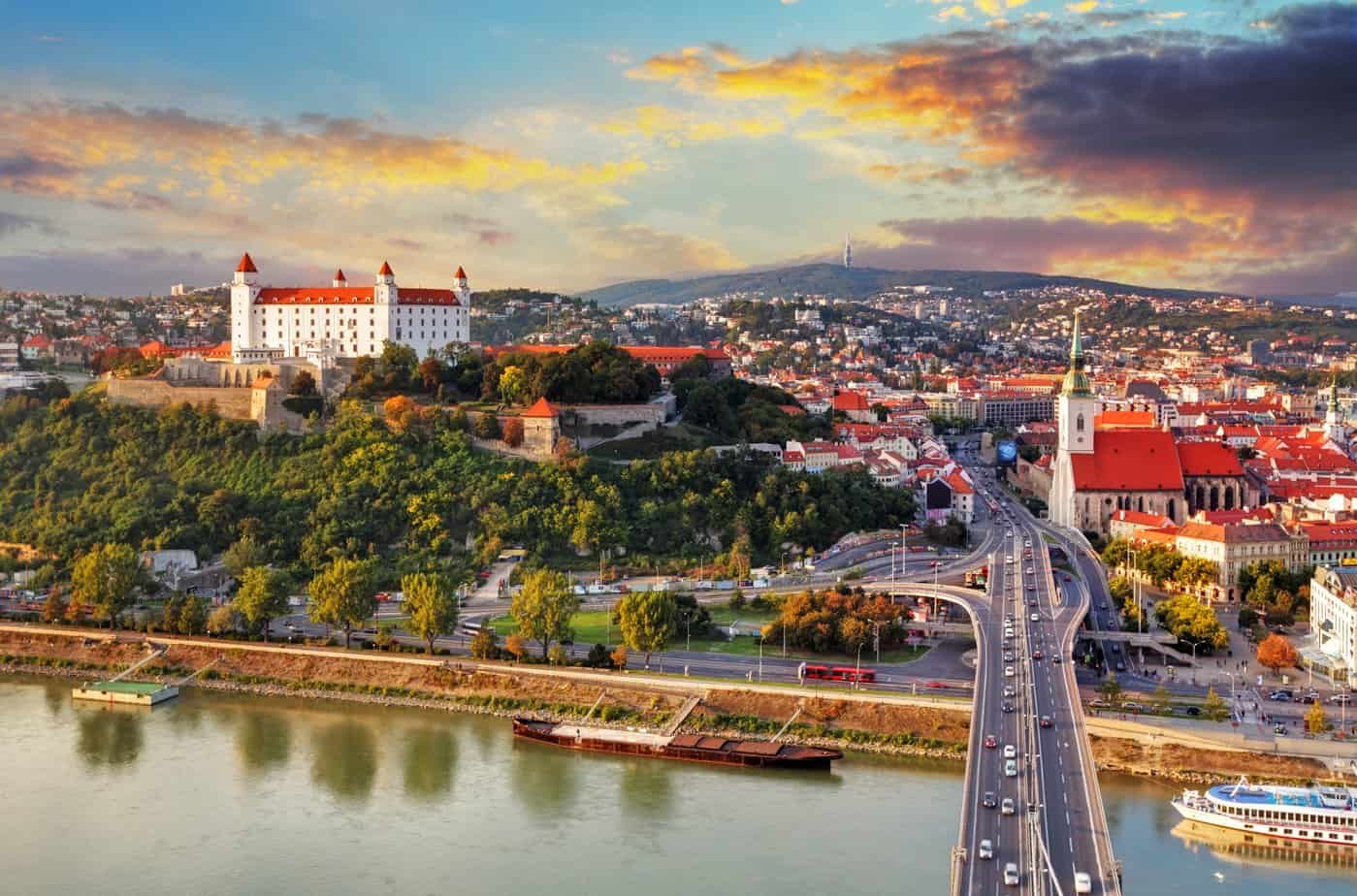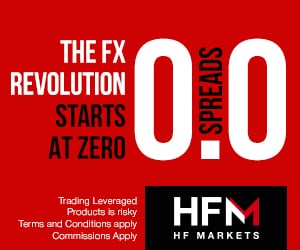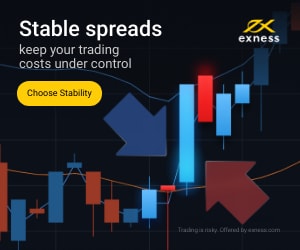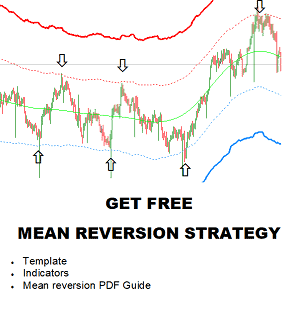Tucked in the heart of Central Europe, Slovakia is a country that perfectly blends deep historical roots with a dynamic and modern economy. With a heritage stretching back to the Great Moravian Empire and centuries under Hungarian and Czechoslovak rule, Slovakia gained independence peacefully in 1993 and has since become one of the region’s most compelling growth stories. As a member of the European Union, the eurozone, and NATO, Slovakia plays a pivotal role in both regional stability and economic development.

At the center of this transformation is Bratislava, the capital city and economic engine of the country. Located along the Danube River, Bratislava is a vibrant, forward-looking city with a thriving tech scene, booming construction sector, and strong connectivity to Vienna and Budapest. Home to major banks, multinational corporations, and innovation hubs, Bratislava has evolved into a strategic business and financial gateway—not only for Slovakia but for the broader CEE (Central and Eastern Europe) region.
Slovakia’s economic momentum has been impressive. With a GDP of approximately €117 billion (USD 128 billion) in 2023, the country recorded growth of 1.5%, with forecasts predicting acceleration to around 2.6% in 2024. It boasts one of the highest GDPs per capita among post-communist countries, and it’s known for being the world’s largest car producer per capita—a nod to its booming automotive sector. Foreign direct investment (FDI) continues to flow in, particularly in high-tech manufacturing, green energy, and digital services. Key economic reforms, including tax modernization and labor market flexibility, have enhanced the country’s competitiveness on the global stage.
What truly sets Slovakia apart today is its people. With high literacy rates, a well-educated workforce, and growing access to digital infrastructure, Slovaks are becoming more financially literate and entrepreneurially driven. Increasingly, individuals are exploring forex trading, stock market investments, crypto assets, and online business ventures as ways to diversify income and build financial security. Government and private sector programs are also boosting innovation and small business development, helping more people take part in the digital economy.
AvaTrade is the best forex broker in Slovakia, offering a secure, EU-regulated trading environment with a wide range of instruments and user-friendly platforms. Slovak traders value AvaTrade’s low spreads, advanced risk protection tools like AvaProtect, and strong multilingual support that makes global investing more accessible.
AvaTrade is currently the best forex broker for traders in Slovakia, offering a well-regulated and intuitive trading environment that aligns perfectly with the preferences of Slovak investors. With more than 15 years in the industry, AvaTrade operates under strict EU regulations and complies with MiFID II and ESMA rules, which provide Slovak traders with the security and transparency they expect. The platform offers access to over 1,250 financial instruments, including forex pairs, stocks, indices, cryptocurrencies, ETFs, and options. Slovak traders particularly appreciate AvaTrade’s fixed and floating spreads starting from 0.9 pips, along with risk-management tools such as AvaProtect, which allows users to safeguard trades from losses for a defined period.
AvaTrade’s platforms—MetaTrader 4, MetaTrader 5, and the proprietary AvaTradeGO app—are popular among Slovak users for their sleek design and multilingual interfaces, including Slovak and English. The broker also supports Islamic accounts, caters to both novice and experienced traders, and offers an extensive educational library, which resonates well with Slovakia’s financially literate and tech-oriented population. Its customer support team is multilingual and responsive, helping Slovak traders feel well-supported in a competitive market. For a detailed breakdown of its features, read the full AvaTrade Review.
Traders’ Characteristics in Slovakia
Traders in Slovakia are tapping into a stable and steadily growing economy, with real GDP growth around 1.5% in 2023, projected to pick up to approximately 2.6% in 2024 (en.wikipedia.org). Despite the cautious growth, a high GDP per capita—estimated at USD?24,000–26,000—supports a rising middle class exploring new financial markets.
Financial literacy remains a work in progress: Slovak pupils scored below the OECD average in financial decision-making tests, and recent surveys suggest many adults lack confidence in managing investments. Nonetheless, exposure to digital education, fintech launches, and peer learning is steadily improving financial knowledge across the population.
Slovak retail traders often start modestly—common initial trade sizes range from €200 to €1,500 in forex or crypto assets. Although exact volume data is limited, anecdotal accounts from fintech hubs and trading communities point to gradual scaling as confidence and experience increase, particularly among urbanites in Bratislava and Košice.
Foreign direct investment (FDI) averaged around €218 million per month in early 2025, but saw fluctuations and even brief declines—highlighting both investor interest and sensitivity to European market cycles.
Major trends include a growing appetite for forex trading, cryptocurrency speculation, and algorithmic tools among younger Slovaks. While traditional securities markets see limited direct retail participation, many Slovak traders are turning to online platforms tied to global markets.
Conclusion
Slovakia stands out as a rising European economy with a well-educated, tech-savvy population that is increasingly exploring the world of forex and online investing. With strong EU regulations, expanding financial literacy, and access to platforms like AvaTrade, Slovak traders are well-equipped to participate in global markets. As digital infrastructure and investor confidence continue to grow, Slovakia is poised to become a notable hub for smart, forward-looking retail trading in Central Europe.
























